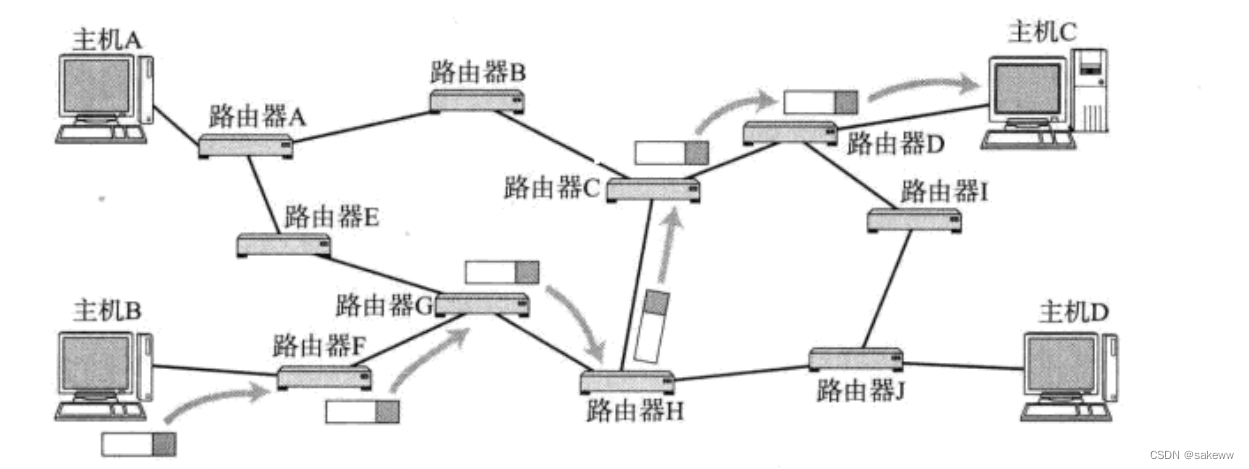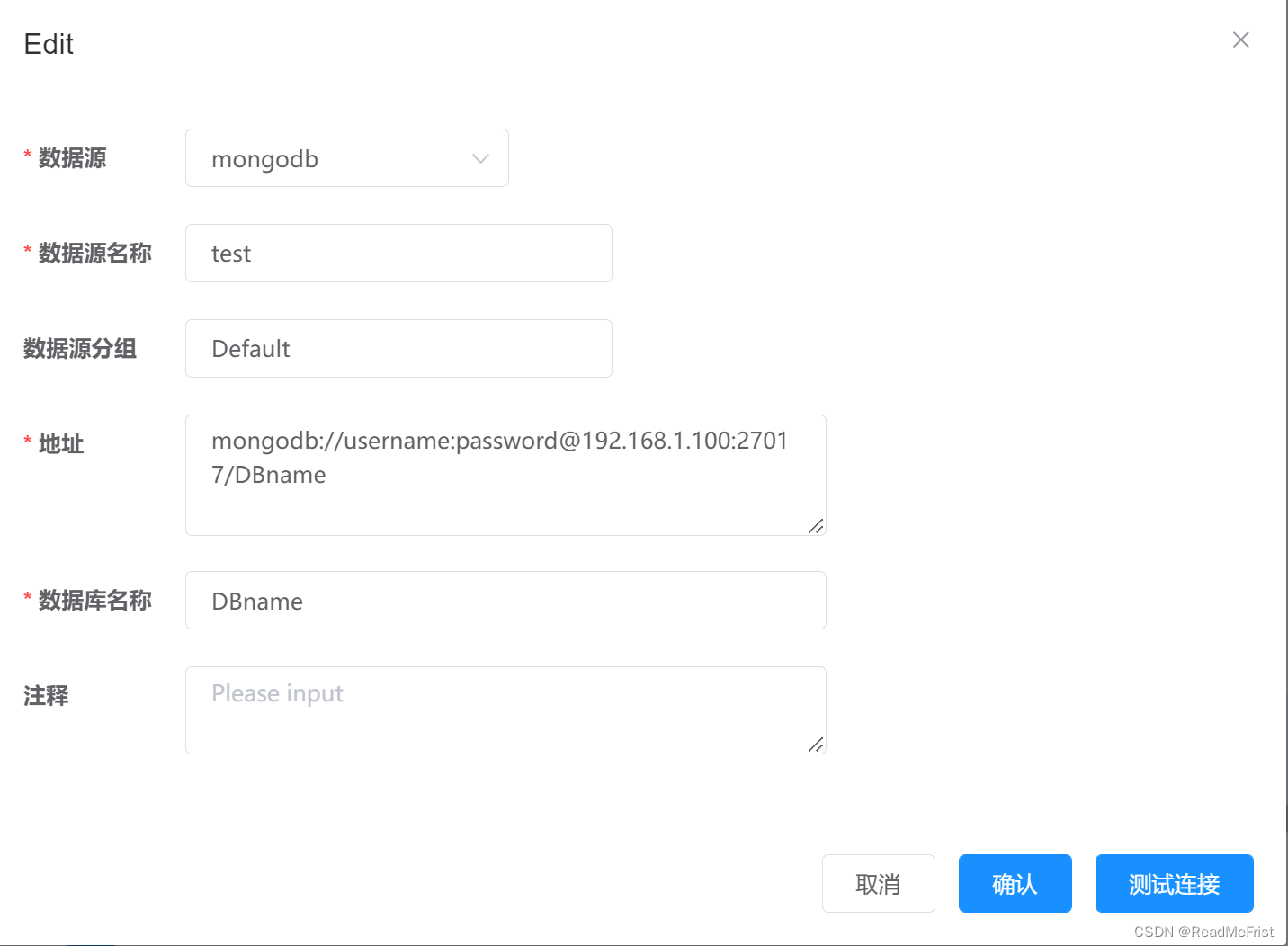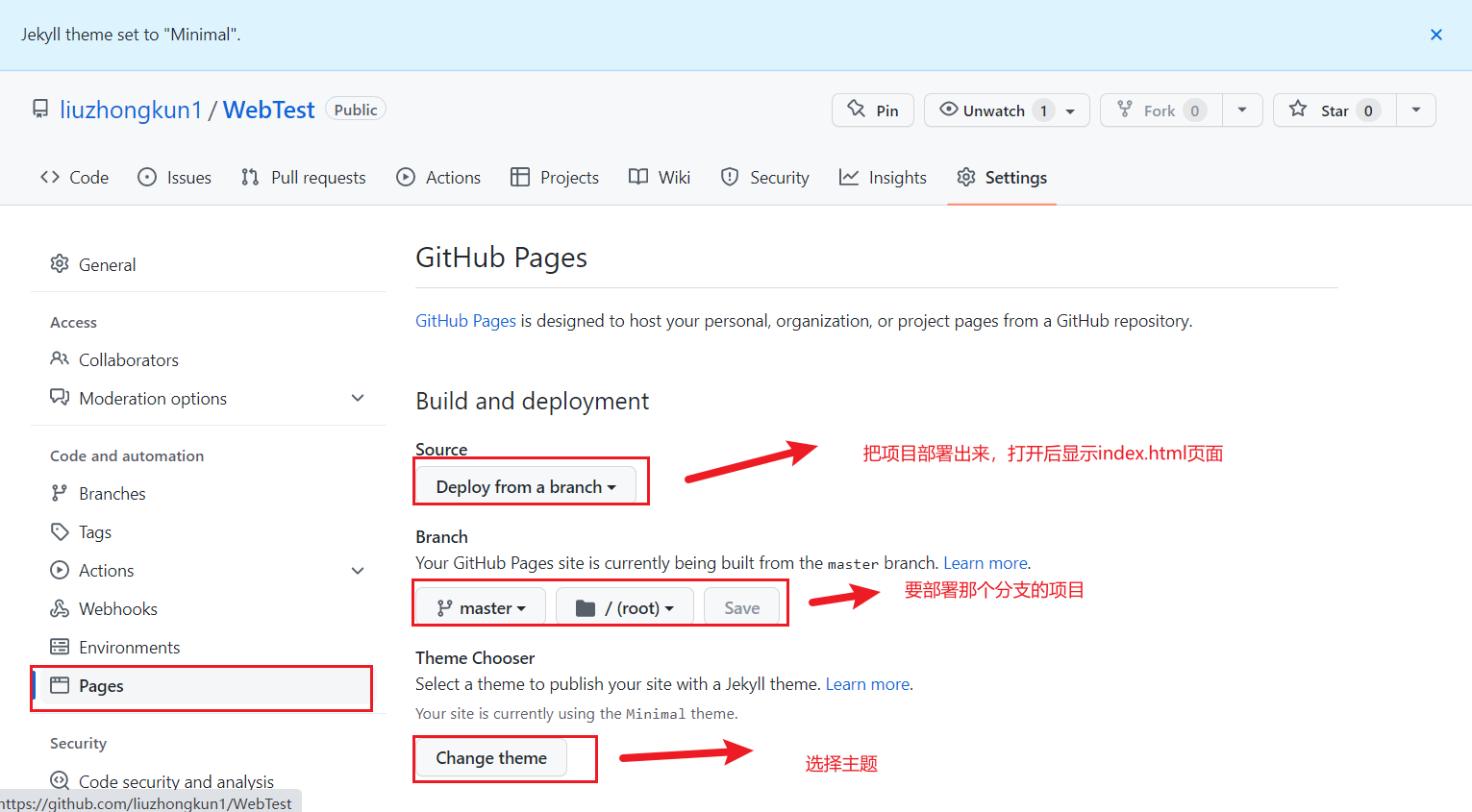当前位置:网站首页>utlis 线程池
utlis 线程池
2022-08-03 22:23:00 【Zip-List】
utlis 线程池
必须熟练掌握的线程池结构
万变不离其宗,仍然是熟悉的生产者消费者模式,仍然是熟悉的互斥锁+条件变量实现信号量语义,通知工作线程从任务队列中取数据,仍然是熟悉的flag标志位控制工作线程退出。非常熟悉!
struct NWORKER *workers; //执行队列
struct NJOB *waiting_jobs;//任务队列
pthread_mutex_t jobs_mtx; //互斥锁
pthread_cond_t jobs_cond; //条件变量
工作线程和主线程之间的交互方式即任务队列,
#include <stdio.h>
#include <stdlib.h>
#include <string.h>
#include <pthread.h>
//为什么用宏,宏==模板了,可以操作不同的类型
//头插
#define LL_ADD(item, list) do {
\ item->prev = NULL; \ item->next = list; \ list = item; \ } while(0)
//删除某个节点
#define LL_REMOVE(item, list) do {
\ if (item->prev != NULL) item->prev->next = item->next; \ if (item->next != NULL) item->next->prev = item->prev; \ if (list == item) list = item->next; \ item->prev = item->next = NULL; \ } while(0)
//执行
typedef struct NWORKER {
pthread_t thread;
int terminate;
struct NWORKQUEUE *workqueue; //回指指针,指向所有worker共享的任务队列
struct NWORKER *prev;
struct NWORKER *next;
} nWorker;
//任务
typedef struct NJOB {
void (*job_function)(struct NJOB *job);
void *user_data;
struct NJOB *prev;
struct NJOB *next;
} nJob;
//池组件管理
typedef struct NWORKQUEUE {
struct NWORKER *workers; //执行队列
struct NJOB *waiting_jobs;//任务队列
pthread_mutex_t jobs_mtx; //互斥锁
pthread_cond_t jobs_cond; //条件变量
} nWorkQueue;
typedef nWorkQueue nThreadPool;
static void *ntyWorkerThread(void *ptr) {
nWorker *worker = (nWorker*)ptr;
while (1) {
pthread_mutex_lock(&worker->workqueue->jobs_mtx);
while (worker->workqueue->waiting_jobs == NULL) {
if (worker->terminate) break;
pthread_cond_wait(&worker->workqueue->jobs_cond, &worker->workqueue->jobs_mtx);
}
if (worker->terminate) {
pthread_mutex_unlock(&worker->workqueue->jobs_mtx);
break;
}
nJob *job = worker->workqueue->waiting_jobs;
if (job != NULL) {
LL_REMOVE(job, worker->workqueue->waiting_jobs);
}
pthread_mutex_unlock(&worker->workqueue->jobs_mtx);
if (job == NULL) continue;
job->job_function(job);
}
free(worker);
pthread_exit(NULL);
}
int ntyThreadPoolCreate(nThreadPool *workqueue, int numWorkers) {
if (numWorkers < 1) numWorkers = 1;
memset(workqueue, 0, sizeof(nThreadPool));
pthread_cond_t blank_cond = PTHREAD_COND_INITIALIZER;
memcpy(&workqueue->jobs_cond, &blank_cond, sizeof(workqueue->jobs_cond));
pthread_mutex_t blank_mutex = PTHREAD_MUTEX_INITIALIZER;
memcpy(&workqueue->jobs_mtx, &blank_mutex, sizeof(workqueue->jobs_mtx));
int i = 0;
for (i = 0;i < numWorkers;i ++) {
nWorker *worker = (nWorker*)malloc(sizeof(nWorker));
if (worker == NULL) {
perror("malloc");
return 1;
}
memset(worker, 0, sizeof(nWorker));
worker->workqueue = workqueue;
int ret = pthread_create(&worker->thread, NULL, ntyWorkerThread, (void *)worker);
if (ret) {
perror("pthread_create");
free(worker);
return 1;
}
LL_ADD(worker, worker->workqueue->workers);
}
return 0;
}
void ntyThreadPoolShutdown(nThreadPool *workqueue) {
nWorker *worker = NULL;
for (worker = workqueue->workers;worker != NULL;worker = worker->next) {
worker->terminate = 1;
}
pthread_mutex_lock(&workqueue->jobs_mtx);
workqueue->workers = NULL;
workqueue->waiting_jobs = NULL;
pthread_cond_broadcast(&workqueue->jobs_cond);
pthread_mutex_unlock(&workqueue->jobs_mtx);
}
void ntyThreadPoolQueue(nThreadPool *workqueue, nJob *job) {
pthread_mutex_lock(&workqueue->jobs_mtx);
LL_ADD(job, workqueue->waiting_jobs);
pthread_cond_signal(&workqueue->jobs_cond);
pthread_mutex_unlock(&workqueue->jobs_mtx);
}
/************************** debug thread pool **************************/
//sdk --> software develop kit
// 提供SDK给其他开发者使用
#if 1
#define KING_MAX_THREAD 80
#define KING_COUNTER_SIZE 1000
void king_counter(nJob *job) {
int index = *(int*)job->user_data;
printf("index : %d, selfid : %lu\n", index, pthread_self());
free(job->user_data);
free(job);
}
int main(int argc, char *argv[]) {
nThreadPool pool;
ntyThreadPoolCreate(&pool, KING_MAX_THREAD);
int i = 0;
for (i = 0;i < KING_COUNTER_SIZE;i ++) {
nJob *job = (nJob*)malloc(sizeof(nJob));
if (job == NULL) {
perror("malloc");
exit(1);
}
job->job_function = king_counter;
job->user_data = malloc(sizeof(int));
*(int*)job->user_data = i;
ntyThreadPoolQueue(&pool, job);
}
getchar();
printf("\n");
}
#endif
边栏推荐
猜你喜欢

网络基础学习系列四(网络层,数据链路层和一些其他重要协议或技术)

Data_web(八)mysql增量同步到mongodb

CAS:1260586-88-6_Biotin-C5-Azide_Biotin-C5-Azide

CAS:908007-17-0_Biotin-azide_Biotin azide

CAS:1797415-74-7_TAMRA-Azide-PEG-Biotin

静态文件快速建站
![navicat 连接 mongodb 报错[13][Unauthorized] command listDatabases requires authentication](/img/09/a579c60e07cdc145175e72673409f7.png)
navicat 连接 mongodb 报错[13][Unauthorized] command listDatabases requires authentication

【MySQL进阶】数据库与表的创建和管理

易观分析:2022年Q2中国网络零售B2C市场交易规模达23444.7亿元

Cisco ike2 IPSec配置
随机推荐
[b01lers2020]Life on Mars
October 2019 Twice SQL Injection
伴随着元宇宙、web3.0等概念的兴起,数字人、数字场景等诸多数字化的形态开始出现
授人以渔 - 如何自行查询任意 SAP UI5 控件属性的文档和技术实现细节试读版
嵌入式系统:时钟
嵌入式开发:嵌入式基础——代码和数据空间揭秘
趣链的产品构架
Diazo Biotin-PEG3-DBCO | Diazo Compound Modified Biotin-Tripolyethylene Glycol-Dibenzocyclooctyne
生成器版和查看器版有什么区别?
[MySQL Advanced] Creation and Management of Databases and Tables
[N1CTF 2018] eating_cms
嵌入式系统:GPIO
Unification of east-west and north-south communications
113. 授人以渔 - 如何自行查询任意 SAP UI5 控件属性的文档和技术实现细节
Internet user account information management regulations come into effect today: must crack down on account trading and gray products
for循环练习题
CAS: 1192802-98-4 _uv cracking of biotin - PEG2 - azide
golang写的存储引擎,基于b+树,mmap
Go开发工具GoLand V2022.2 来了——Go 工作区重大升级
深度学习和机器学习有什么区别?